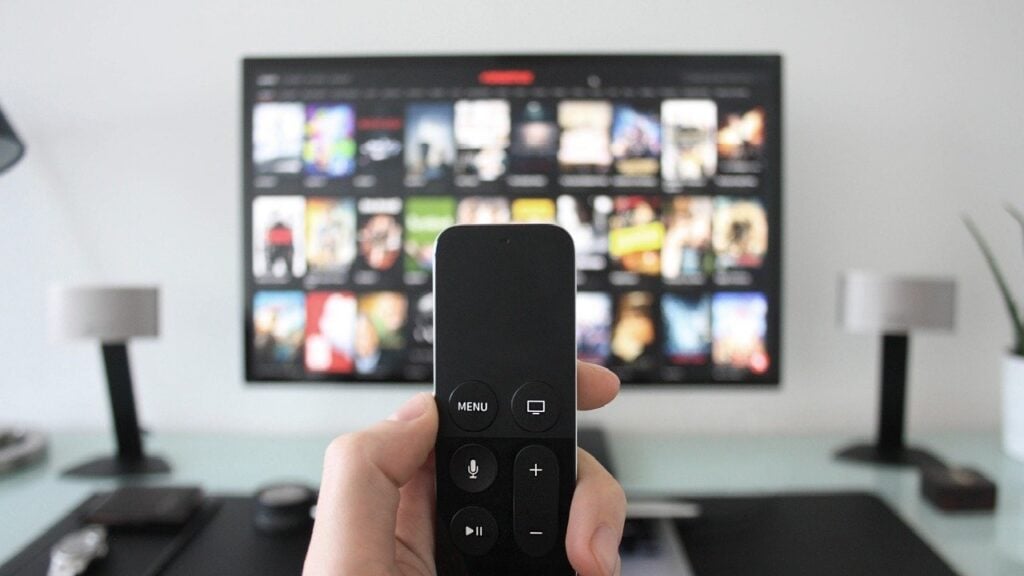TVs have come a long way from being clunky boxes with cathode ray tubes in the back. Modern TVs use the latest and greatest in display technology to bring viewers the sharpest, crisp and high-resolution image possible.
In this article, we’re talking about the differences between LG’s Nanocell and Samsung’s QLED TVs to help you figure out which one’s the better choice for you.
Also read: CAS latency 16 vs 18
NanoCell vs QLED
Since both technologies are slightly different from each other and are made by two entirely different processes, we’ll be comparing them using the following parameters:
- Image quality
- Brightness
- Reflections and viewing angles
- Gaming performance
- Overall feature set of the TV
Image quality
NanoCell is quite similar to LCD TVs except they have multiple filters of nanoparticles overlayed on the screen to show colour. For QLED, the technology is rather similar to OLED.
What this means is while NanoCell will give you better vibrance and an overall crisp picture, darker colours, especially the blacks and greys won’t be as good as an QLED panel, something OLED based technologies are inherently better at doing. This translates to a more vibrant and bright image on a NanoCell panel as compared to a darker, natural-looking image on a QLED panel.
When you’re watching HDR content though, QLED pulls ahead thanks to its better contrast ratio. In terms of SDR content, both panels are almost identical.
Brightness
NanoCell TVs are brighter than their QLED counterparts thanks to the backlighting that is used to refract light from the screen. On a QLED TV, each pixel is an individual LED that is limited in terms of brightness because of the massive number of LEDs smashed together to make a display.

This also accounts for burn-in, a common issue on QLED (or OLED in general) TVs where if you leave bright images on your screen for far too long a part of the panel permanently becomes brighter. NanoCell TVs don’t have this issue.
Reflections and viewing angles
While NanoCell TVs definitely get brighter than QLED ones, when it comes to reflections, the end result completely depends on the coating on the top of the respective display panel. That said, NanoCell’s brightness advantage means that it adapts better to a bright environment. Although QLED isn’t too far behind either.
In terms of viewing angles, NanoCell does have the upper hand as the IPS panels used in NanoCell TVs have better viewing angles as compared to QLED’s VA panels.
Gaming performance
Provided the refresh rate of competing displays is the same, there isn’t much of a difference here. It’s easy to find high-refresh-rate and low response time NanoCell and QLED displays that are both great when it comes to gaming. Although when it comes to gaming, you might want to pick a QLED panel for its ability to show darker regions of the screen better, something that can give you a slight advantage.
Overall feature set
Both LG and Samsung make great TVs with every feature you’d expect from a modern-day TV. The feature set depends heavily on the make and model of your TV. LG uses webOS in its TVs which have support for Alexa and Google Assistant while also supporting major streaming services including Apple Airplay and HomeKit.

As for Samsung, its TVs also run the proprietary TizenOS but do come with support for just about every major streaming platform. The voice assistant however is their in-house Bixby so your voice control mileage may vary. That said, both companies offer a solid feature set.
Which TV should you get?
The answer largely depends on what kind of picture you prefer. QLED gives a deeper picture thanks to its striking ability to show blacks but comes at a slightly higher price. As for NanoCell, you get bright, natural-looking images and TVs that don’t cost as much but on the contrary are more power-hungry.
Either way, both technologies are great options and you won’t go wrong with either of them.






